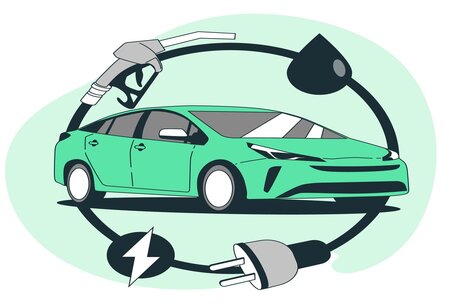New Battery Tech Doubles Electric Vehicle Range: Stanford Breakthrough
By Consultants Review Team

Consultants Review Team
Researchers at Stanford University have unveiled a groundbreaking advancement in lithium metal battery technology that could revolutionize electric vehicles (EVs). By implementing a simple technique of discharging the battery and allowing it to rest for several hours, the team has achieved remarkable results, effectively doubling the range of current lithium-ion batteries.
The primary challenge with lithium metal batteries has been their rapid degradation in energy storage capacity after only a few charge-discharge cycles. This limitation has posed a significant hurdle for EV drivers seeking long-term reliability and performance.
Unlike conventional lithium-ion batteries, which utilize graphite anodes, lithium metal batteries employ electroplated lithium metal for increased energy storage capacity. However, the formation of a solid electrolyte interphase (SEI) matrix during battery discharge has been a major cause of degradation.
Building on previous research indicating that the SEI matrix dissolves during periods of battery inactivity, the researchers conducted a new experiment. By allowing the battery to rest in a discharged state, they observed the dissolution of the SEI matrix, leading to the revival of dormant lithium fragments.
This breakthrough holds immense promise for the future of electric mobility. With the average American driver spending approximately an hour per day behind the wheel, the concept of letting a car battery rest for several hours is not only feasible but also highly practical. Moreover, implementing this approach does not require costly alterations to existing manufacturing processes.
The implications of this discovery are profound, offering the potential for EVs to cover distances of 500 to 700 miles on a single charge. This advancement could address one of the most significant barriers to widespread EV adoption—range anxiety—and accelerate the transition to a cleaner and more sustainable transportation ecosystem.




